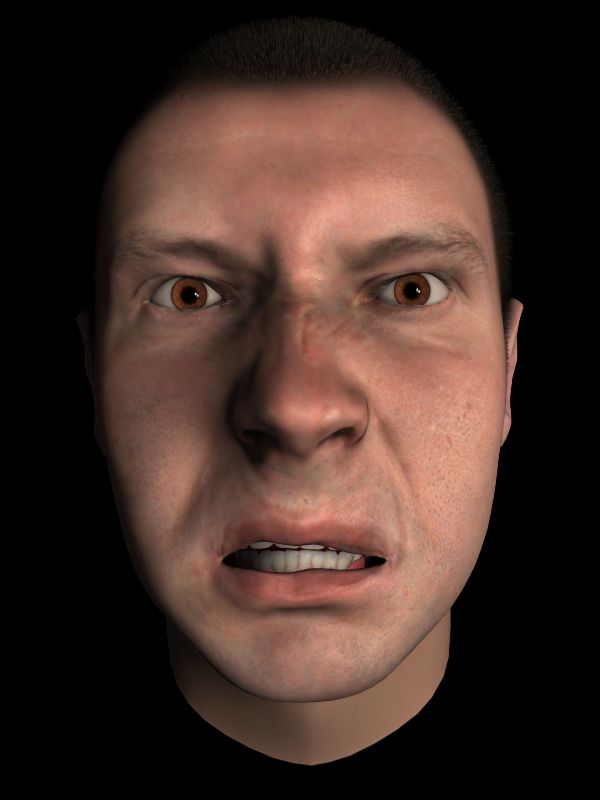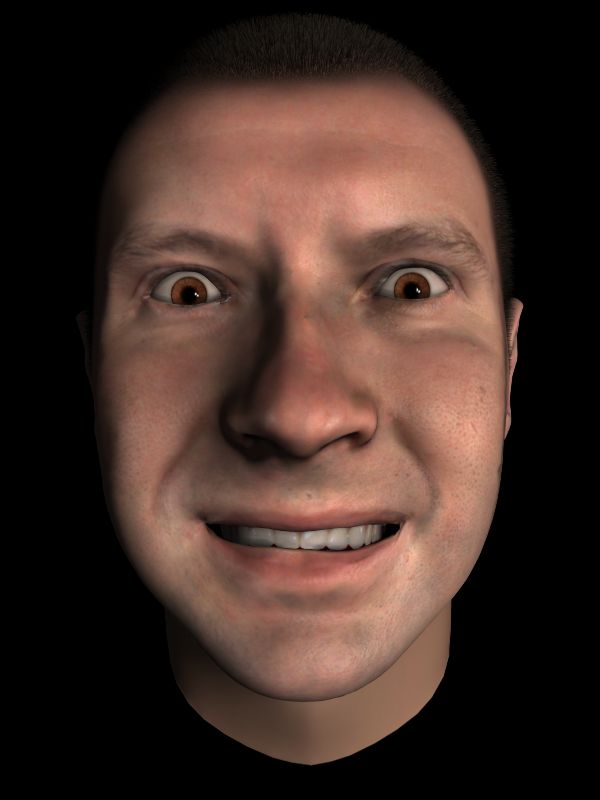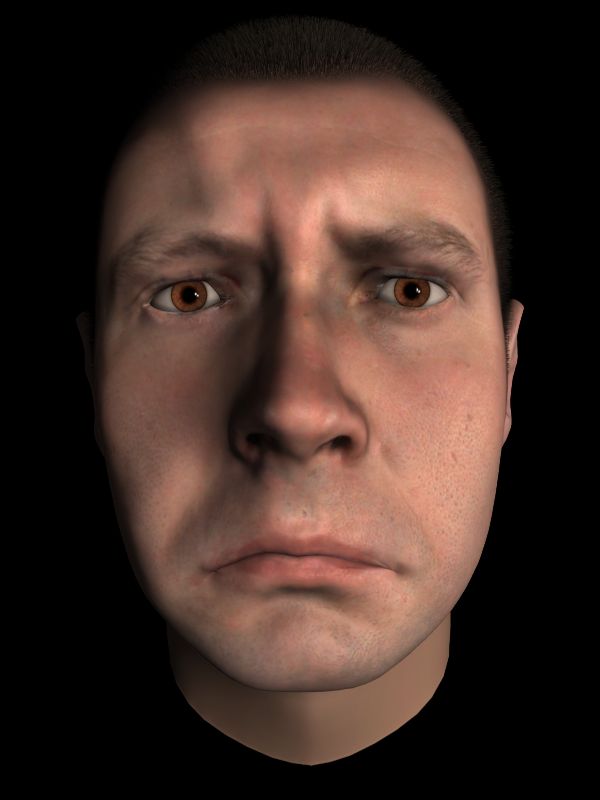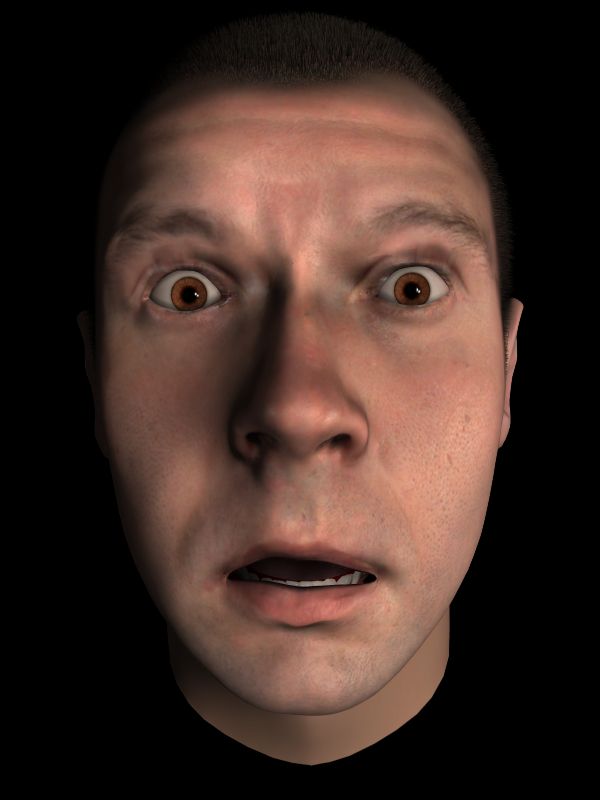Human facial expressions communicate complex emotion information
Published: 11 November 2021
New research shows that the emotion information transmitted by facial expressions appears to be just as diverse, rich, and complex as the faces themselves.
There are more than 7bn people on the planet, and each of them has their own unique face. The sum of a person’s eyes, nose, cheeks and mouth all individual to them. And now, new research shows that the emotion information transmitted by facial expressions appears to be just as diverse, rich, and complex as the faces themselves.

From happiness to sadness, fear to anger, human facial expressions can communicate myriad emotion messages, and without the need for words. But until now, scientists have not fully understood how something as simple as a raised brow or an upturned lip can communicate such complex emotion information.
The new study, led by the University of Glasgow and published in Current Biology, has investigated how facial expressions can communicate complex combinations of broad and specific emotion information. Researchers found that different facial movements such as a lowered brow or gaping mouth can jointly communicate both broad and specific emotion information as multiplexed signals—i.e., those that can convey two types of information.

Using a state-of-the art computer graphics platform developed at the University of Glasgow, the research team showed participants a wide range of different facial expressions and asked them to decide whether each represented one of the classic six emotion categories: happy, surprise, fear, disgust, anger and sad, and to rate it as negative or positive and how activated the person feels (i.e., calm and content versus delighted or excited).
Using new analysis tools, the researchers then disentangled which facial movements—such as lowered brow, wrinkled nose, or stretched mouth—can convey both broad information (e.g., whether the emotion is positive or negative) and the specific emotional category (e.g., happy or sad), and which facial movements can convey only one type of information.

Professor Rachael Jack, of the University of Glasgow’s School of Psychology & Neuroscience, senior author of the study said: “This research addresses the fundamental question of how facial expressions achieve the complex signalling task of communicating emotion messages. Using computer generated faces combined with subjective human perceptual responses and novel analytical tools, we show that facial expressions can communicate complex combinations of emotion information via multiplexed facial signals.
“These results advance our fundamental understanding of the system of human communication with direct implications for the design of socially interactive AI, including social robots and digital avatars to enhance their social signalling capabilities.”

The paper ‘Facial Expressions Elicit Multiplexed Perceptions of Emotion Categories and Dimensions’ is published in Current Biology. This work was supported by Wellcome and the European Research Council (ERC).
First published: 11 November 2021
<< News




